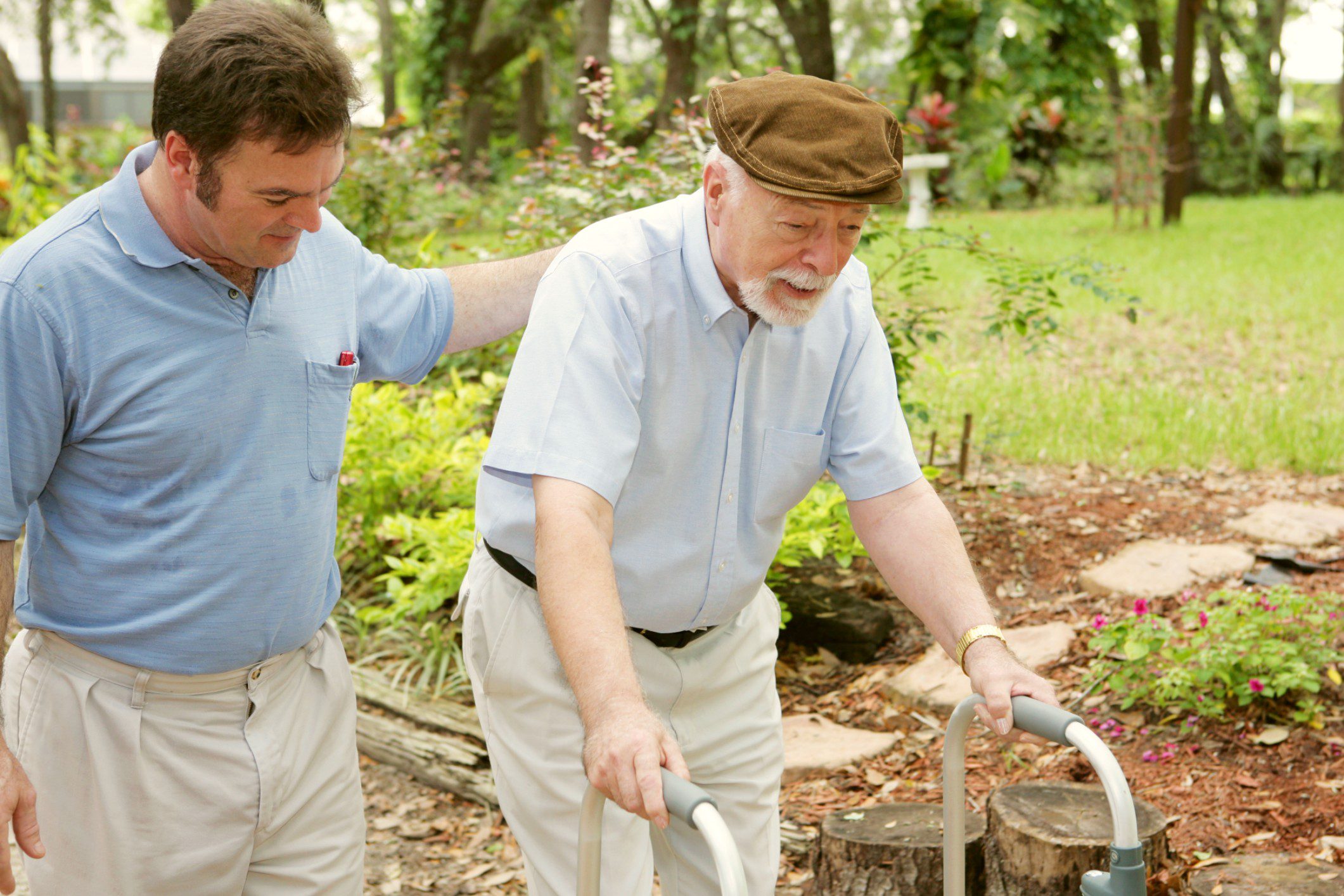
Research from Macquarie University has shown that weak grip strength and slow walking speed can be used together to predict cognitive decline and dementia before noticeable symptoms appear.
The study, Combination of gait speed and grip strength to predict cognitive decline and dementia, tested the grip strength and speed walking over three metres of 18,000 older people (aged 70 and older) who were initially healthy, for an average period of five years.
It is the first study to look at both grip strength and gait together as predictors and researchers hope the findings can be used to improve dementia diagnosis, early intervention and treatment.
The research found those with both a weak grip strength and a poor gait had a 70% increase in risk of dementia and a 43% increase in risk of cognitive decline.
The average gait speed over three metres of people without dementia was 3.1 seconds, while for those with dementia the average speed was 3.5 seconds – less than half a second slower.
People without dementia had an average grip strength of 28 kilograms of force and those with dementia an average of 26 kilograms of force.
When a person’s grip strength and gait both declined over the five years, they had even higher increased risk, 89% for dementia and 55% for cognitive decline.
Of the total number of older people that took part in the study, 558 developed dementia and 2773 experienced cognitive decline.
Using the data, the researchers found grip strength and gait speed were effective markers of dementia when combined and that a decline in gait speed in particular, more than in grip strength, can also be used to predict greater dementia risk.
Being able to test both upper and lower limb functionality together, the research showed, made for a better predictor of dementia and cognitive decline than the single physical functionality tests that have been studied previously could predict alone.
Lead author of the study Senior Research Fellow with Monash University’s School of Public Health and Preventive Medicine, Dr Suzanne Orchard, said there was an important link between physical and cognitive decline in older people.
“Poor physical function may be a marker of future risk of cognitive decline and dementia, and thus, understanding this association could enhance early detection and prevention strategies,” Dr Orchard said.
“While there are currently no cures for dementia, if identified early, treatment strategies can be implemented to slow its progression and manage the symptoms.”
As the tests used in the study were simple ones, Dr Orchard said General Practitioners (GPs) and other healthcare professionals could use them for more early identification of dementia risk before symptoms appear and improved patient outcomes.